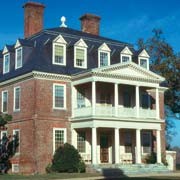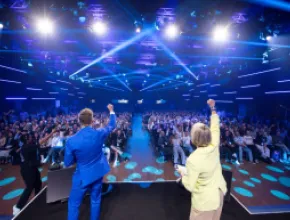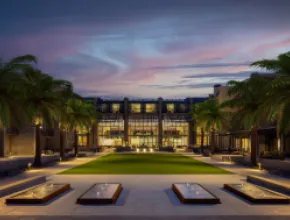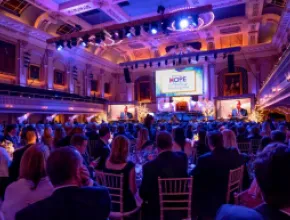Back in the early 1900s, Williamsburg, Va., wasn’t much to write home about.
During those days, the one-time Virginia capital sported a sleepy vibe with buildings considered modern in that era, interspersed with Colonial-style structures still standing from years past.
This was quite a change from what the city’s identity was 200 years prior. From 1699 to 1780, Williamsburg was the capital of Virginia, the largest American colony. At that time the streets were bustling with shopkeepers, tradesmen, families, and government officials sporting such names as George Washington, Patrick Henry and George Mason. The city was abuzz with excitement while horse-drawn carriages klip-kloped down the streets, residents mingled and children played about.
All of that stopped toward the end of the Revolutionary War when the capital was moved to Richmond, because it was located closer to the center of the commonwealth.
Throughout the 1800s things changed. People came and went from Williamsburg, building rail lines, attending The College of William & Mary (still thriving today) and attempting to salvage businesses with little success. The town grew tired.
It wasn’t until 1926 when local Rev. Dr. W.A.R. Goodwin caught the attention of John D. Rockefeller Jr. that things started to rapidly improve. Both men shared a genuine interest in restoring the community to what it once was, and in that effort Colonial Williamsburg was conceptualized. Over the next several years, colonial buildings from years past were beautifully restored to their original splendor and the area was converted back into what it once was—circa the 1700s.
Nowadays, visitors from around the globe flock to the destination for a taste of the past. Horse-drawn carriages once again trot down the area’s main drag, Duke of Gloucester Street, while merchants sell their wares, tradesmen make horse saddles, bricks, wigs, guns, and other goods, and first-person interpreters of influential citizens from the city’s high times roam the streets, all in period costumes.
Ron Carnegie is part of the cast dedicated to preserving the authenticity of the destination. He works for the Colonial Williamsburg Foundation as a Nation Builder, or first-person interpreter of George Washington.
“What you have here is almost the entire 18th century city,” Carnegie says. “Most of the 18th century city stands in a similar way it would have back then. There is nothing else in the world like that.”
Colonial Williamsburg visitors have the opportunity to see history right before their eyes with a simple walk down the street. Interpreters talk to travelers as if they were still living in Colonial times and even stage historically accurate speeches and skits to demonstrate vital events and issues in the country’s history.
“Our mission is that the future might learn from the past. It is an educational mission,” Carnegie says. “It is not to be dull and dry, but to draw people into the past and see it unfolding before them.”
In addition to the accolades seen in Colonial Williamsburg, Carnegie stresses that there is plenty to keep visitors busy in its surrounding areas.
“Another real advantage to this area is that we are not alone with Williamsburg,” he says. “We also have Jamestown, and nine miles down the road is Yorktown.”
Colonial Williamsburg is only part of the greater city of Williamsburg, a modern-day community.
Williamsburg itself is home to about 12,000 residents, and is careful to keep its architecture consistent with that of its historic areas, while still keeping an eye on the future with contemporary hotels, attractions, shops, and restaurants.






